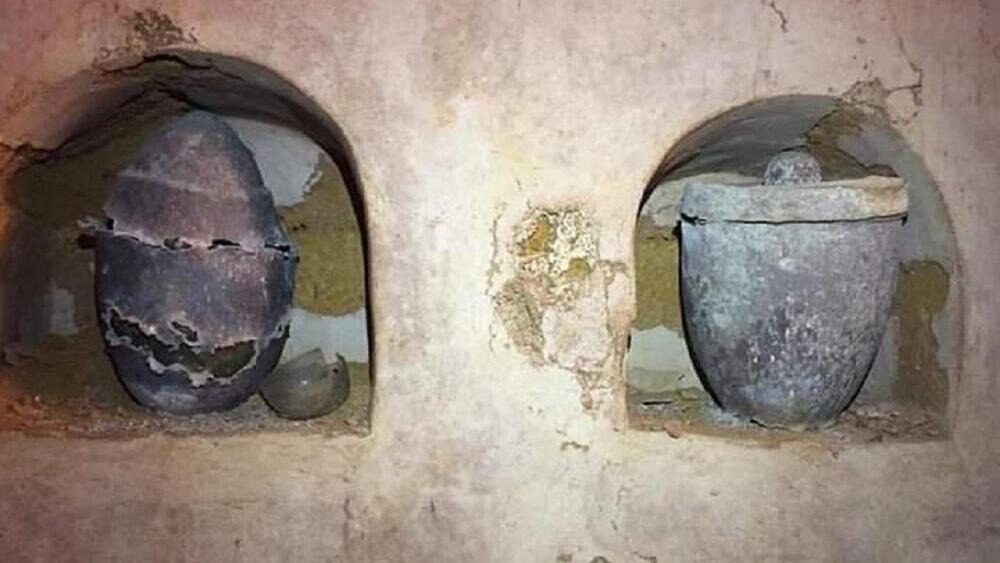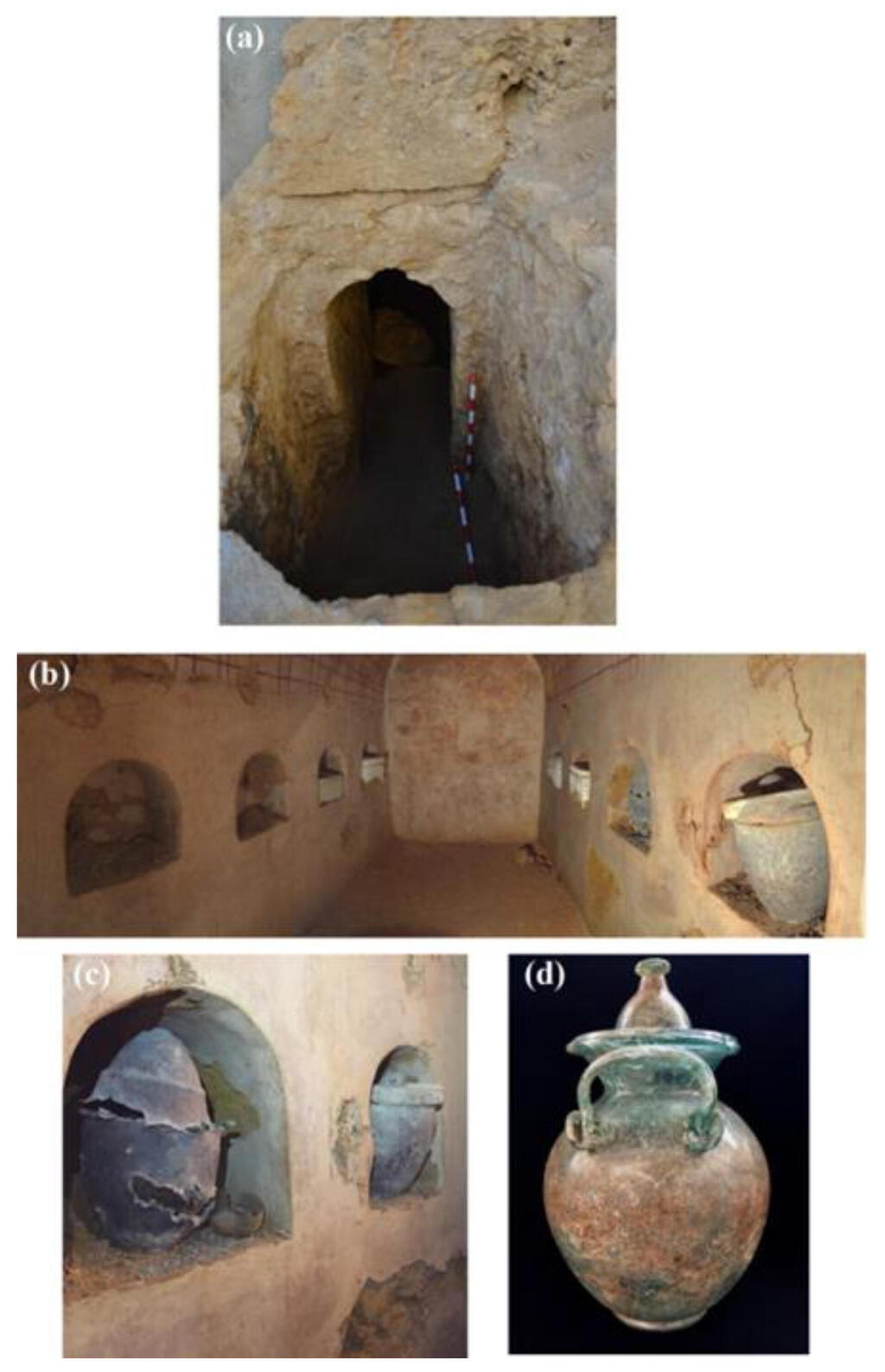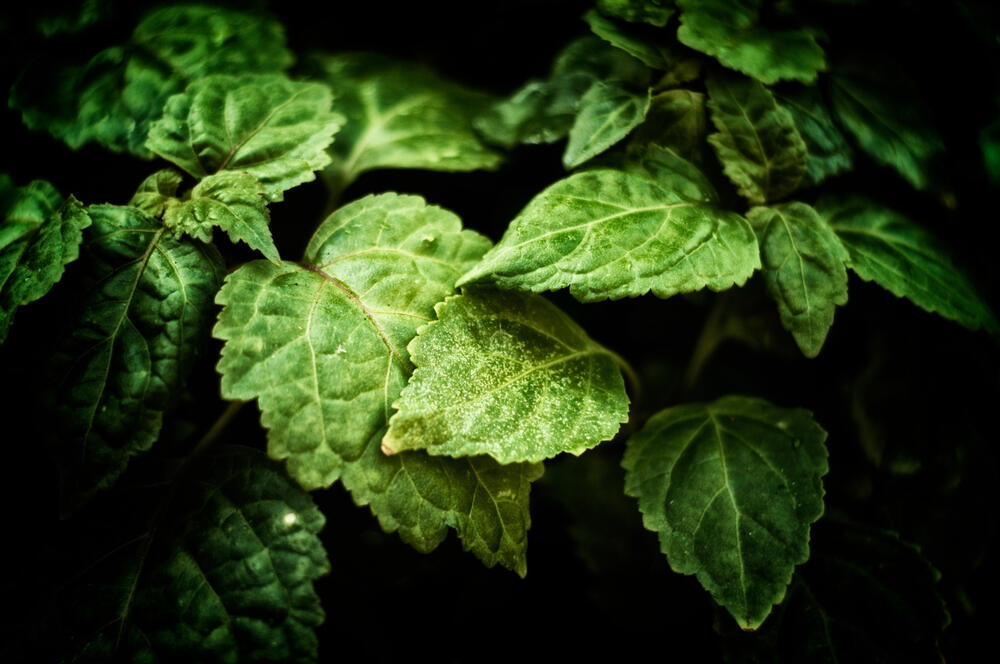Researchers have identified for the first time the chemical makeup of a perfume used by the Romans, over 2,000 years ago, thanks to the discovery of a sealed jar of balm found in Carmona, Spain.
More Stories:
Over 2,000 years ago, in the Roman city of Carmo known today as Carmona, a Roman aristocrat was buried along with their tools and belongings, which included the ointment jar (unguentarium) was excavated in 2019 by an archeological team.
Now, a research team led by Professor of Organic Chemistry, José Rafael Ruiz Arrebola, from the University of Cordoba, has successfully analyzed the chemical components of the perfume dated to the first century CE.
The study’s findings, published in the Heritage journal, provide modern people to “experience” the scents of the Roman Empire.
The remnants of the perfumed substance, discovered during an excavation of a lavish Roman mausoleum, were preserved and solidified inside a quartz vessel, which remained completely airtight despite the passage of time.
The mausoleum was a collective tomb, possibly belonging to a Roman patrician family, where in addition to many funerary items, were also six vessels belonging to three women and three men.
In one of the glass vessels, above the remains of the charred skeletal remains of a woman aged between 30-40, was a cloth bag containing three amber beads and a small quartz bottle shaped like an amphora, which contained the perfumed substance.
Perfume vessels were typically made of blown glass, with rare examples, as with this discovery, being made of quartz.
Their unique characteristics, design, and level of preservation made them valuable, as quartz vessels were considered a luxury during the Roman period.
The exceptional aspect of the discovery was that the vessels were hermetically sealed, and the solid remains of the perfumed balm were preserved within them, allowing researchers to study them.
To determine the ointment’s chemical composition, various instrumental techniques were used, such as X-ray crystallography and gas chromatography-mass spectrometry (GC-MS).
According to Prof. Ruiz Arrebola, the analyses, determined that the vessel’s stopper was made of dolomite, and bitumen was used to achieve an airtight seal. As for the substance contained in the vessels, a vegetable oil, possibly olive oil, was identified, which may have contributed to the preservation of the fragrances and the ointment itself.
Based on the chemical analysis conducted by researchers at the University of Cordoba, the scent in Rome was that of patchouli, an essential oil obtained from a flowering plant of the mint family (Pogostemon cablin) that grows in various regions in Asia.
The discovery supports known information about Roman trade routes, as patchouli is widely used in modern perfumery but was previously unknown in Roman times.
The monumental characteristics of the tomb where it was found, and the material of the vessel containing the ointment also indicate that the item was highly valuable.
The research represents an innovation in the field of Roman period perfumery, especially regarding the use of patchouli as an essential oil in by the Romans. Over the years, especially in the 18th and 19th centuries, the scent of patchouli was popular in Europe, particularly in England.
Patchouli oil was often used to protect fabrics from insects during transportation, especially in the silk trade, a use that correlated patchouli with exotic luxury products. This led to the use of patchouli in perfumes and many cosmetic products.
The researchers' work isn’t done yet, and they continue to conduct further studies on additional unique materials that have been found in the mausoleum such as amber, fabrics, and wall painting pigments.
The results are expected to be published soon and shed additional light on the Roman period. The findings from the current study contribute significantly to scholars’ knowledge about the era and provide further insights into the lifestyle of those who lived centuries before us.




